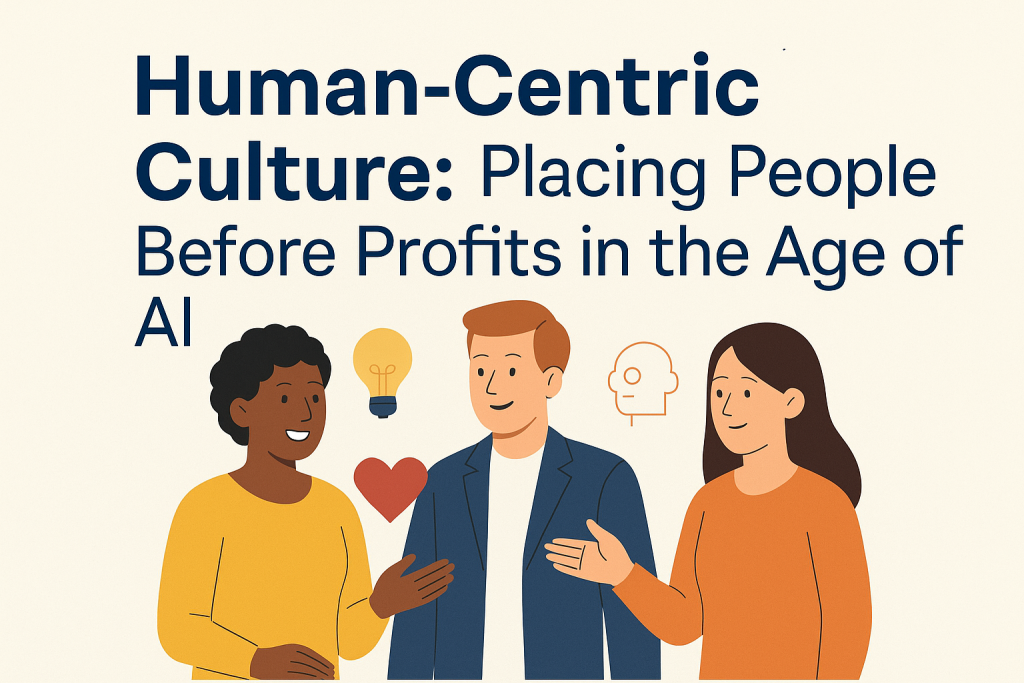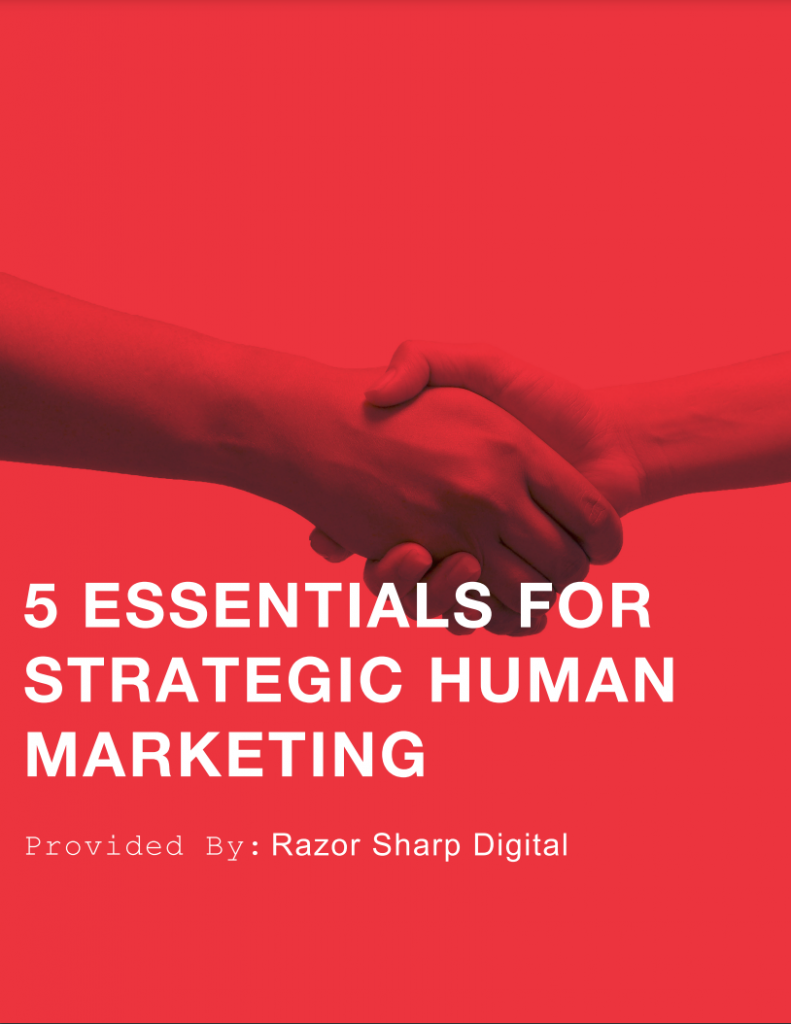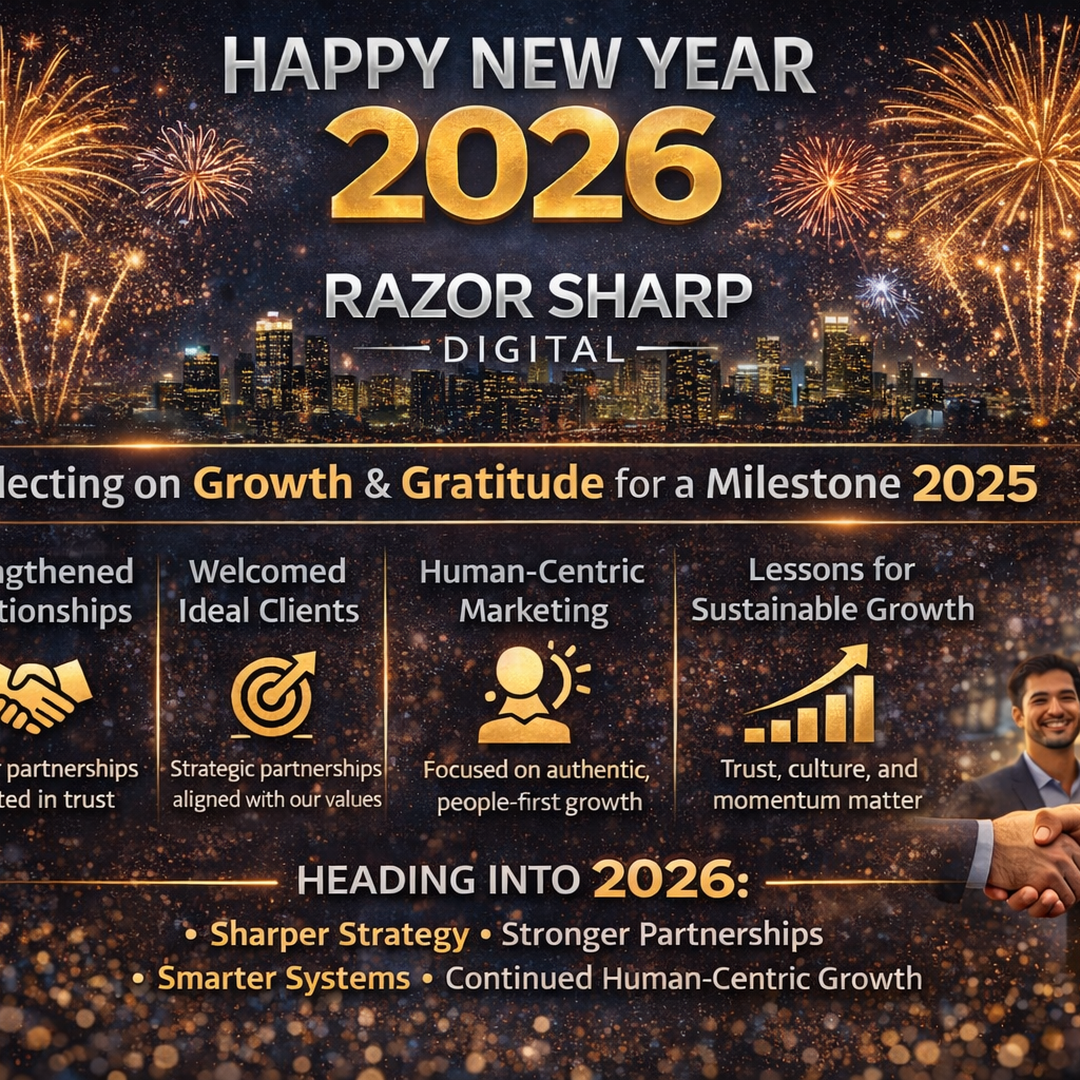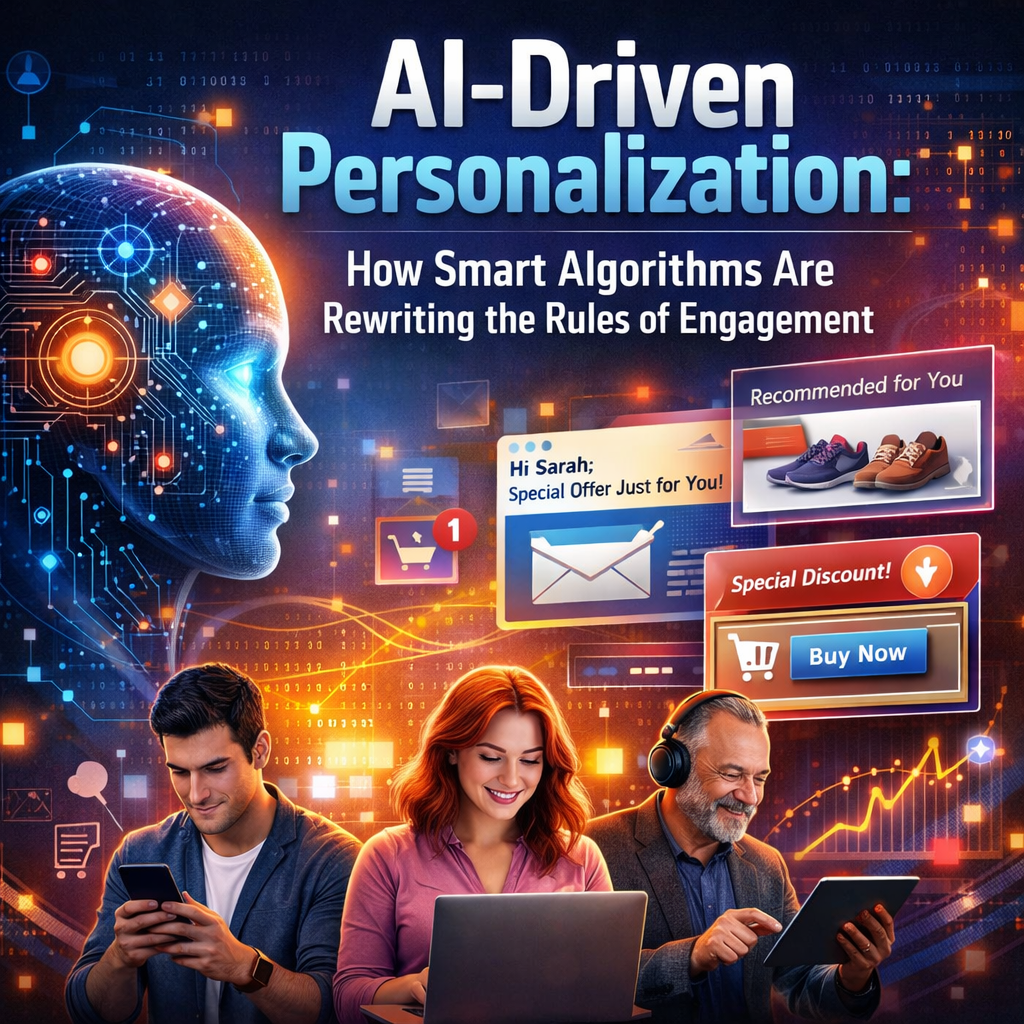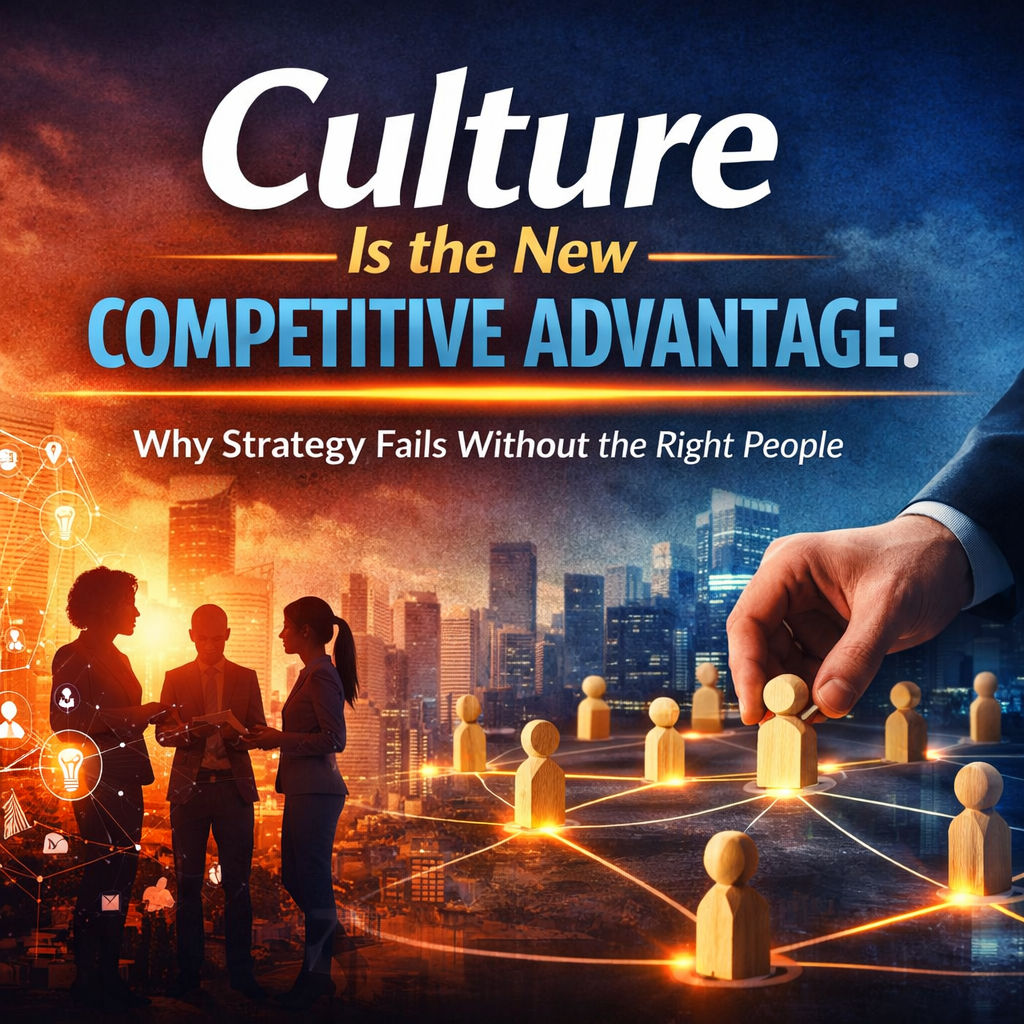In boardrooms, Zoom calls, and Slack channels everywhere, a key question emerges: How do we stay human in the age of AI? The answer lies in building a human-centric culture that places people before profits.
This isn’t about abandoning revenue goals or scaling ambitions. It’s about recognizing that profitability is the byproduct of prioritizing people—employees, customers, and communities. Let’s unpack why this shift matters and how businesses can get it right.
1. Why Human-Centric Culture Matters More Than Ever
-
The burnout epidemic: Studies show nearly 60% of employees feel disengaged or burned out. A profit-first mindset accelerates that disengagement.
-
Trust deficit: In an era where “fake it till you make it” culture runs rampant, trust has become the rarest currency in business.
-
AI acceleration: As technology replaces tasks, the human element—creativity, empathy, problem-solving—becomes a company’s true differentiator.
A human-centric culture doesn’t mean ignoring technology. It means using technology to amplify humanity, not replace it.
2. People Before Profits: A Paradigm Shift in Business
Traditional business models treated people as resources—expendable, replaceable, and often secondary to financial gain. Today’s leading companies are flipping the script:
Examples include:
-
Patagonia: Built an empire by prioritizing environmental and employee values.
-
Salesforce: Embeds philanthropy into its operating model.
-
Basecamp: Challenges hustle culture by putting sanity and sustainability first.
The irony? Companies that place people first often see higher profits over the long term.
3. Human-Centric Culture in the AI Era
AI can’t replicate the warmth of a handshake, the creativity of brainstorming, or the emotional intelligence needed to resolve conflict. What it can do is create space for humans to shine by removing repetitive work.
Ways AI supports a people-first culture:
-
Automation → more time for creativity and connection
-
Predictive analytics → better personalization for customers and employees
-
AI assistants → reducing admin burnout
But there’s a catch: AI must be implemented with empathy and transparency. Employees shouldn’t feel replaced—they should feel empowered.
4. Core Pillars of a Human-Centric Culture
To build people-first organizations, leaders must go beyond slogans and perks. A truly human-centric culture rests on these pillars:
-
Empathy
-
Transparency
-
Trust
-
Inclusivity
-
Impact
5. The ROI of Human-Centric Culture
Leaders often ask: What’s the ROI of putting people first? Here’s the data:
-
Higher retention: Replacing an employee can cost 1.5–2x their salary. Human-centric cultures reduce turnover.
-
Stronger engagement: Gallup reports engaged teams deliver 21% greater profitability.
-
Customer loyalty: Happy employees = better customer experiences = repeat business.
Profit isn’t sacrificed—it’s amplified.
6. How to Build a Human-Centric Culture in Your Business
Action steps leaders can take today:
-
Redefine success metrics: Measure impact, not just income.
-
Implement continuous feedback loops: Real-time conversations replace annual reviews.
-
Leverage AI responsibly: Use tools to empower, not replace, employees.
-
Prioritize well-being: Offer mental health support, flexibility, and fair workloads.
-
Celebrate culture-adds, not culture-fits: Hire for unique perspectives.
This is not a one-time initiative. It’s a living, breathing commitment to human business.
7. Case Study: Human-Centric Leadership in Action
Consider a mid-size tech company navigating AI adoption. Instead of laying off employees, leadership retrained staff to work alongside AI tools. Admins became project managers. Analysts became AI trainers. The result? Productivity soared, morale improved, and turnover dropped.
This isn’t just theory—it’s proof that investing in people pays back tenfold.
8. The Future of Work Is Human
AI will continue to evolve. Automation will continue to spread. But the future of business success will not hinge solely on algorithms—it will hinge on the human experience.
The companies that thrive won’t be the ones with the most advanced tech stack. They’ll be the ones where people feel seen, heard, and valued.
Conclusion: Choosing Humanity Over Hype
Human-centric culture is not a “nice to have.” It’s a strategic advantage in the age of AI. Businesses that put people before profits create sustainable growth, stronger brands, and lasting impact.
Because at the end of the day, machines may power the future, but humans will always define it.
Is your business truly people-first, or profit-first? If you’re ready to build a human-centric culture that thrives in the AI era, start today—your people, your customers, and your bottom line will thank you.



